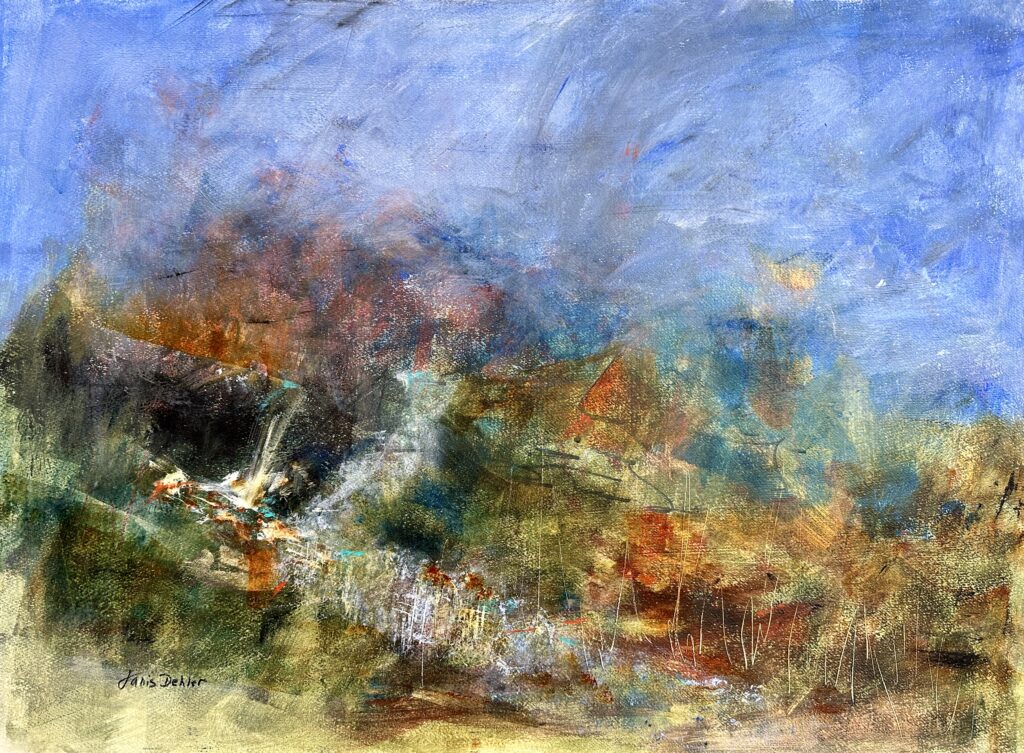
the heart:
seat of love and life,
joy and memory,
compassion and connection,
communicator and influencer,
receiver and giver,
beating and pumping.
beats:
to the rhythm of the Earth,
to the sound of water bubbling,
to the joy in a friend‘s eyes,
to the oceans waves.
rests:
to the rhythm of blood flowing in veins,
to the quiet of mind,
to the pace of each breath,
to the peace of each moment.
opens:
to synchronicity,
to harmonious alignment,
to focus and clarity,
to oneness with an evolving earth.
never out of
the beat, beat, beat,
of all that is,
we reflect,
the inner to the outer,
the outer to the inner.

